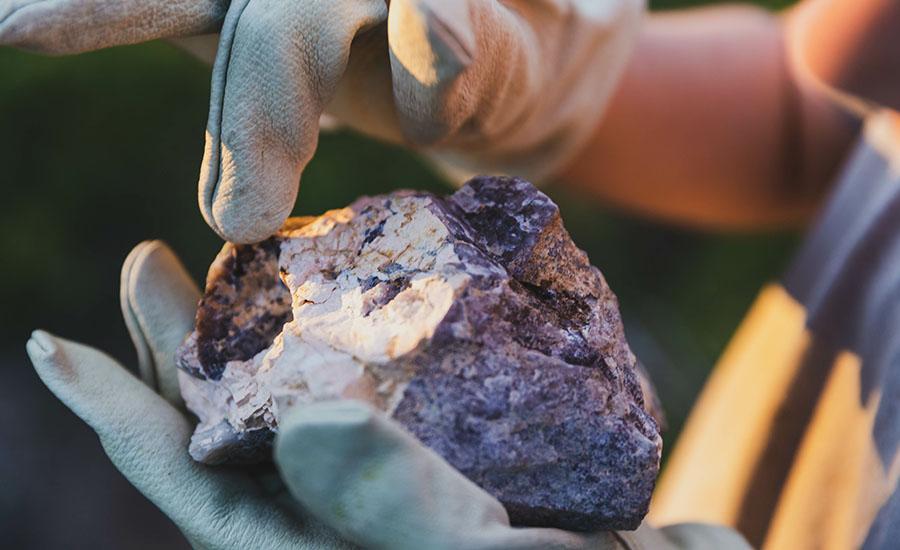
Growing Crystals Part 2: Actualizing the Formation of Crystalline Solid Blue, Green, Purple and Red Crystals Growing
by Maria Theresa Gonzaga
Growing Crystals Part 2 is a unique lesson that has an emphasis on the synthetic growing of crystals in the laboratory. This activity also focuses on investigating the process of how synthetic crystals form, allows you to predict the strongest force responsible for the formation of a given solid that determine crystals' physical properties and uses mathematics and computational thinking to explain how the amount of impurities are used in producing crystals.
Lesson Plan Link/URL
https://docs.google.com/presentation/d/1SS-_3R9DVTMnlS19EqN0i2w31kYpXkGL/edit?u…Subject Area
Science Physical Science P1: Matter Technology 3. Knowledge Constructor 4. Innovative Designer 5. Computational Thinker 6. Creative Communicator Engineering S1: Engineering & Global Society English Language Arts (ELA) Reading (Informational Text) Writing Speaking & Listening
Featured
Off
Related Content

Grades:
7th Grade, 8th Grade, 9th Grade, 10th Grade, 11th Grade, 12th Grade
Want to incorporate the Arts into your 7-12 STEM classroom? The Global Science Opera provides a way to do just that! Learn how to facilitate a STEAM collaboration with arts teachers to make it happen.

Grades:
10th Grade, 12th Grade
This lesson builds on the Part 1 of Urbanization Impacts in the HS Environmental Science classroom. In this lesson, students are utilizing their knowledge to create models of solutions to the

Grades:
8th Grade, 9th Grade, 10th Grade, 11th Grade, 12th Grade
Students learn about the chemistry that exists in some of the world's oldest surviving paintings. This lesson is the final part of a 3 part painting series, and focuses on binding agents in paint